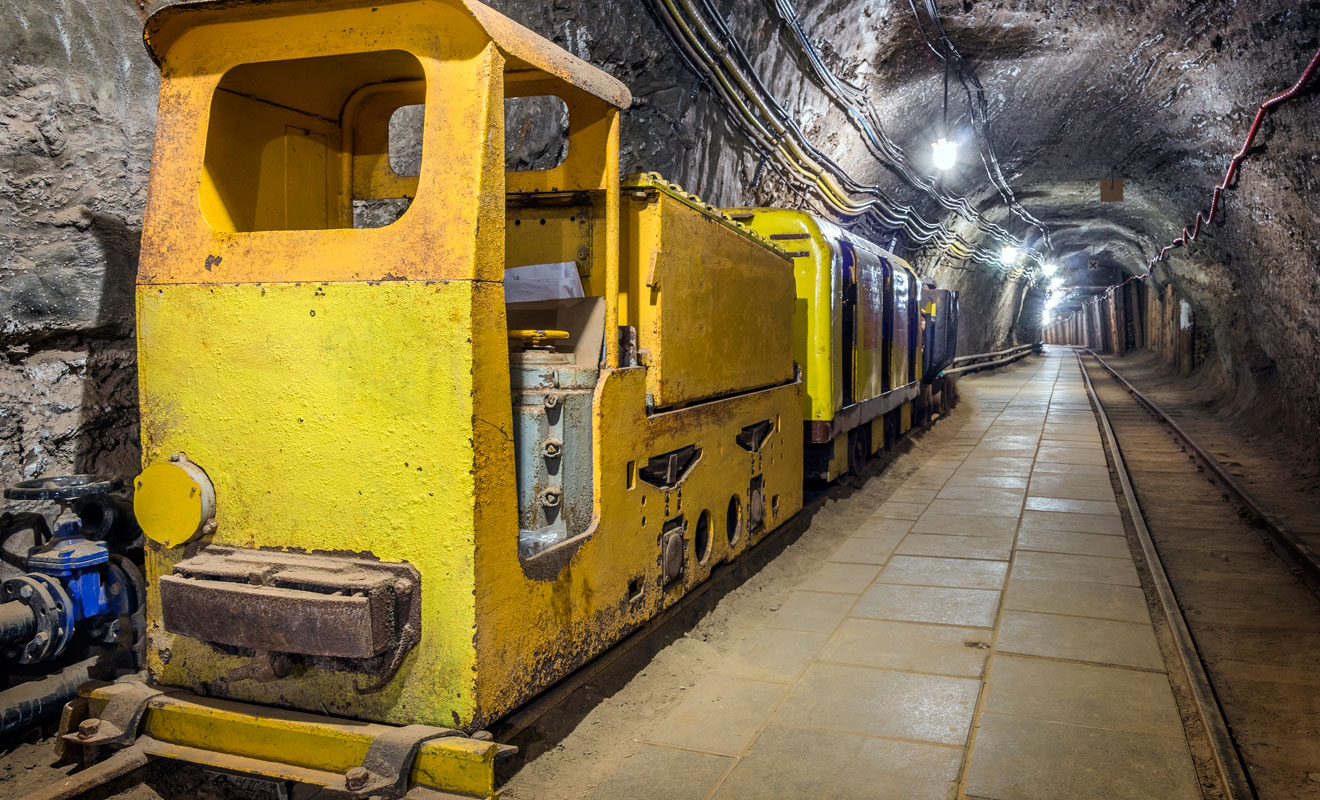In coal mining operations, exhaust air is a common airflow inside the mine. However, the relative humidity in the wind is an important meteorological parameter that has a direct impact on the health and production safety of miners. This article will provide an in-depth explanation of the concept of relative humidity in coal mine ventilation and analyze various factors that affect it.
Relative humidity refers to the ratio of the actual concentration of water vapor in the air at a certain temperature to the concentration of water vapor that can be accommodated in the air at that temperature. Usually expressed as a percentage. Relative humidity is an important indicator to measure the moisture content in the air, which reflects the degree of humidity in the air.
In coal mines, relative humidity is usually closely related to air temperature and water vapor concentration. Understanding the relative humidity in coal mine exhaust is crucial for maintaining a good working environment and improving work efficiency.
In coal mine ventilation, relative humidity is influenced by various factors, among which the following are some of the main factors:
Temperature: Temperature is one of the key factors affecting relative humidity. Without changing the concentration of water vapor, raising the temperature will cause a decrease in relative humidity, while lowering the temperature will cause an increase in relative humidity. Therefore, with the transportation and flow of exhaust air underground, changes in temperature may have an impact on relative humidity.

Water source: There may be multiple water sources underground in coal mines, such as groundwater, underground lakes, etc. These water sources will release water vapor into the exhaust air, increasing the humidity in the air. The nature, temperature, and quantity of water sources can all affect the amount of water vapor released.
Ore characteristics: Different types of ores may have different humidity characteristics. Some ores may release more water vapor, while others may be relatively dry. Therefore, the geological characteristics and ore types of coal mines can affect the relative humidity in the exhaust air.
Ventilation system: The design and operation of the coal mine ventilation system can also affect the relative humidity in the exhaust air. By adjusting the parameters of the ventilation system, such as wind speed, flow rate, and direction, changes in relative humidity can be controlled to a certain extent.
In coal mines, the relative humidity in the exhaust air has a direct impact on miners and production processes:
Miner health: High humidity environments may cause miners to sweat excessively, leading to dehydration and difficulty regulating body temperature. Low humidity environments may cause dry skin and poor breathing. Therefore, maintaining appropriate relative humidity is crucial for ensuring the health of miners.
Equipment operation: Some coal mining equipment is sensitive to humidity, and high humidity may cause equipment failure and corrosion, reducing production efficiency. Appropriate relative humidity can extend the service life and maintenance cycle of the equipment.
Explosion hazard: In coal mines, high humidity environments may increase the risk of methane explosion. Therefore, controlling relative humidity is important for preventing explosion events in mines.
The relative humidity in coal mine ventilation is a complex meteorological parameter that is influenced by various factors. Understanding and controlling relative humidity is crucial for maintaining the health of miners, ensuring the normal operation of equipment, and preventing safety risks such as explosions. Through reasonable management and technical means, coal mines can effectively control the relative humidity in exhaust air, create a safe, healthy, and efficient working environment, improve production efficiency and the quality of life of miners. Therefore, the monitoring and control of relative humidity should become an important task in coal mine management to ensure the sustainable development of the mine and the safe production of miners.







Comment